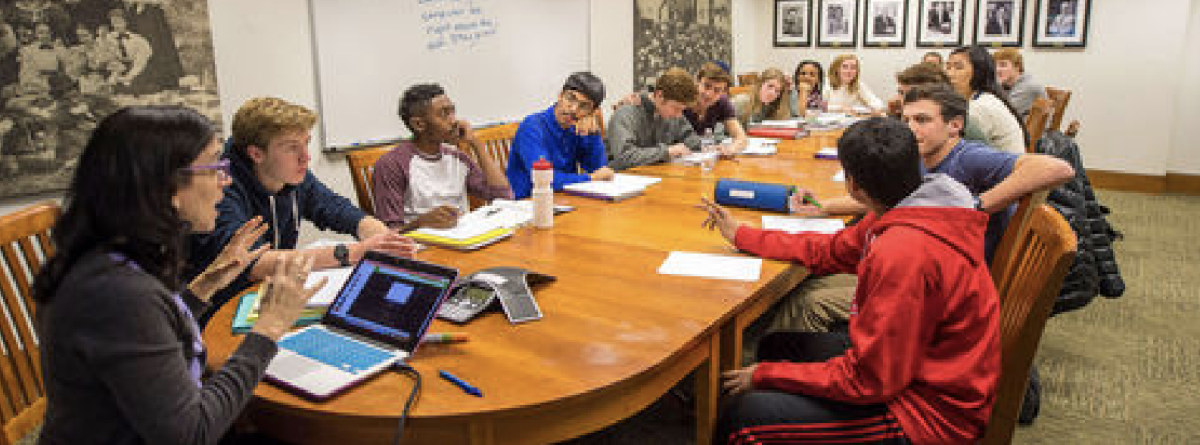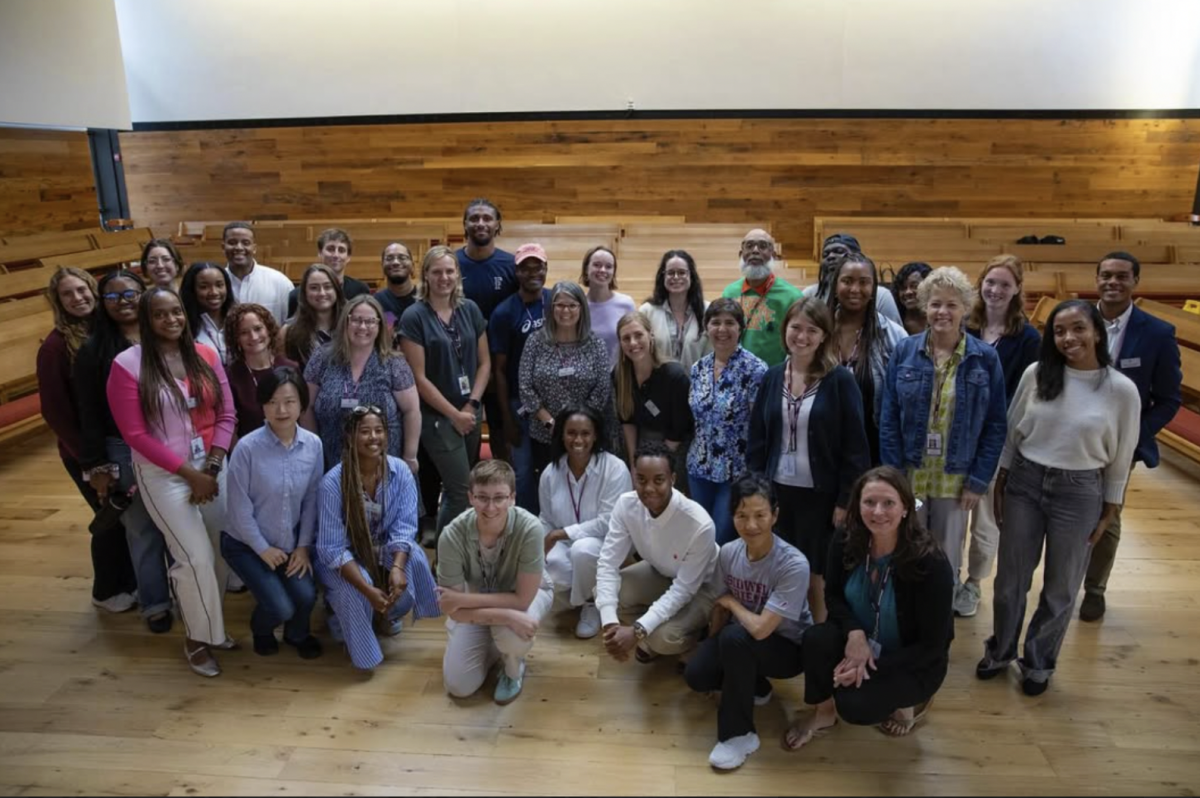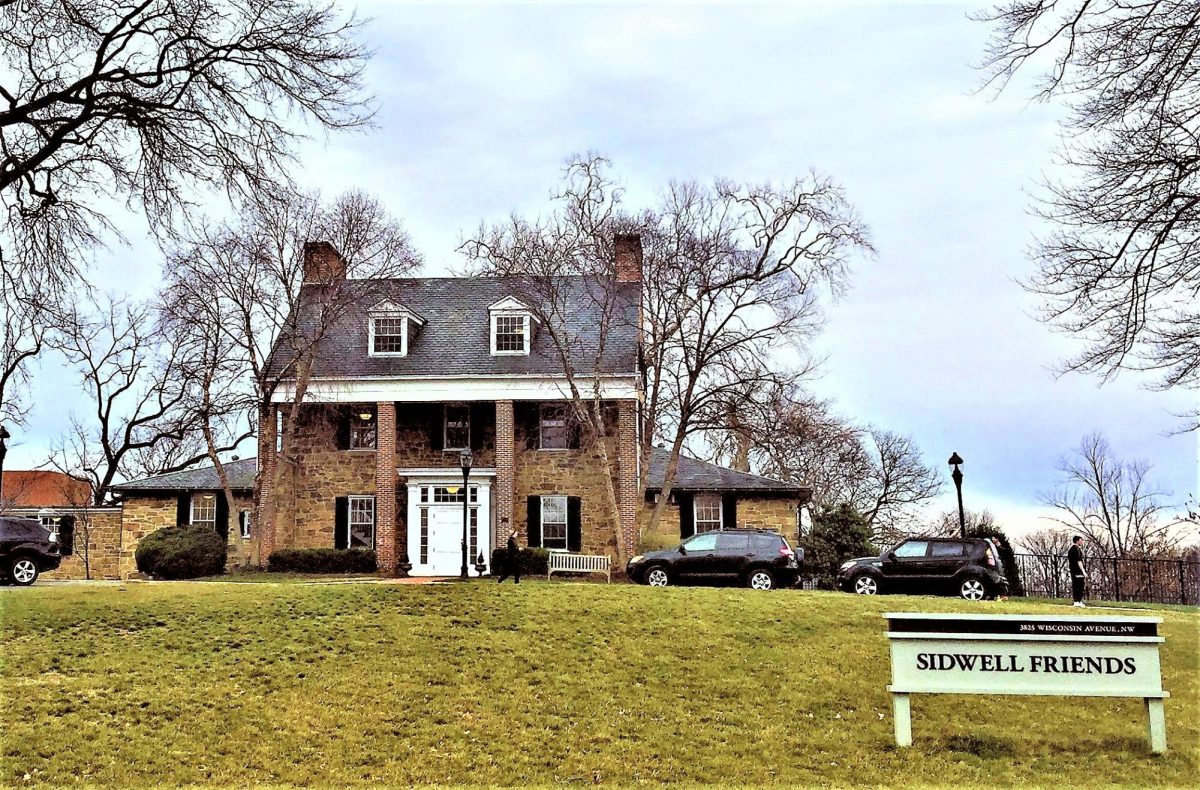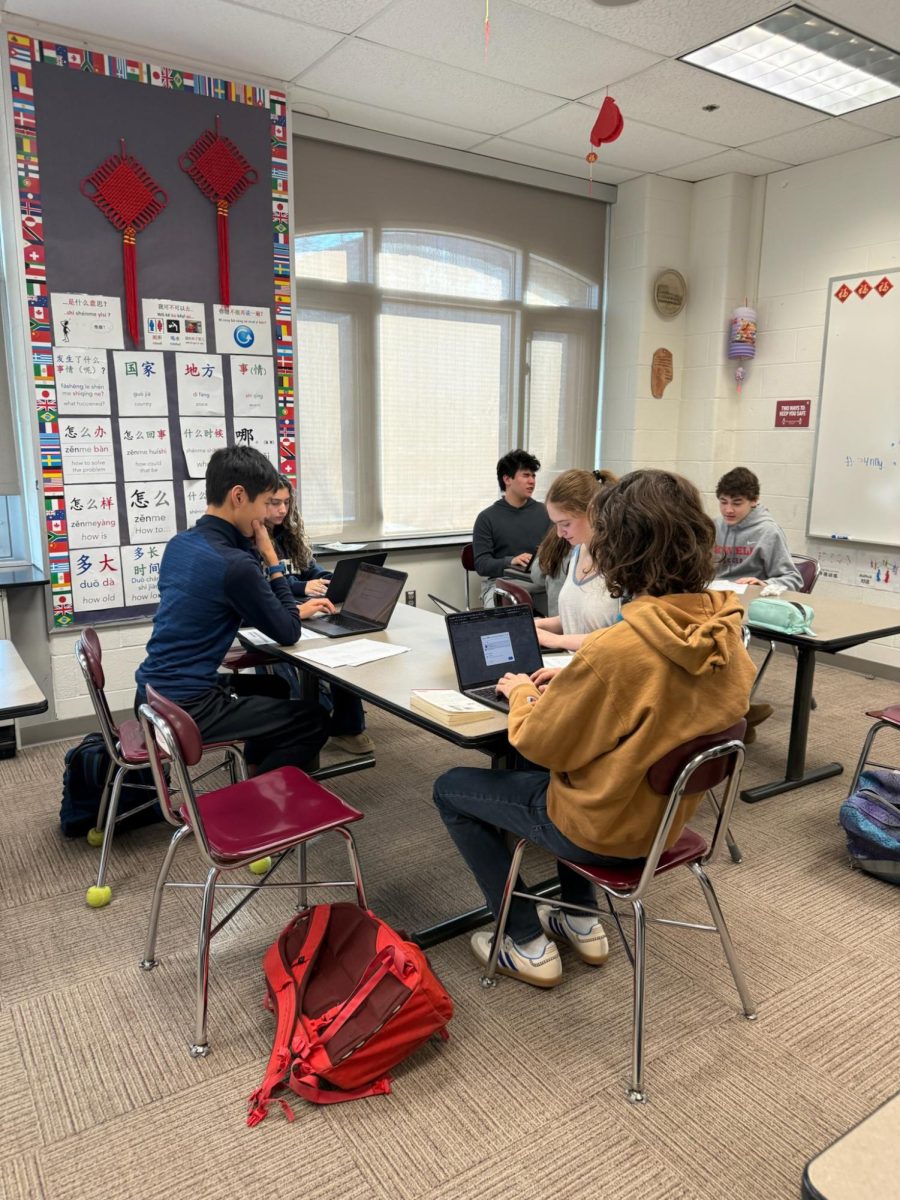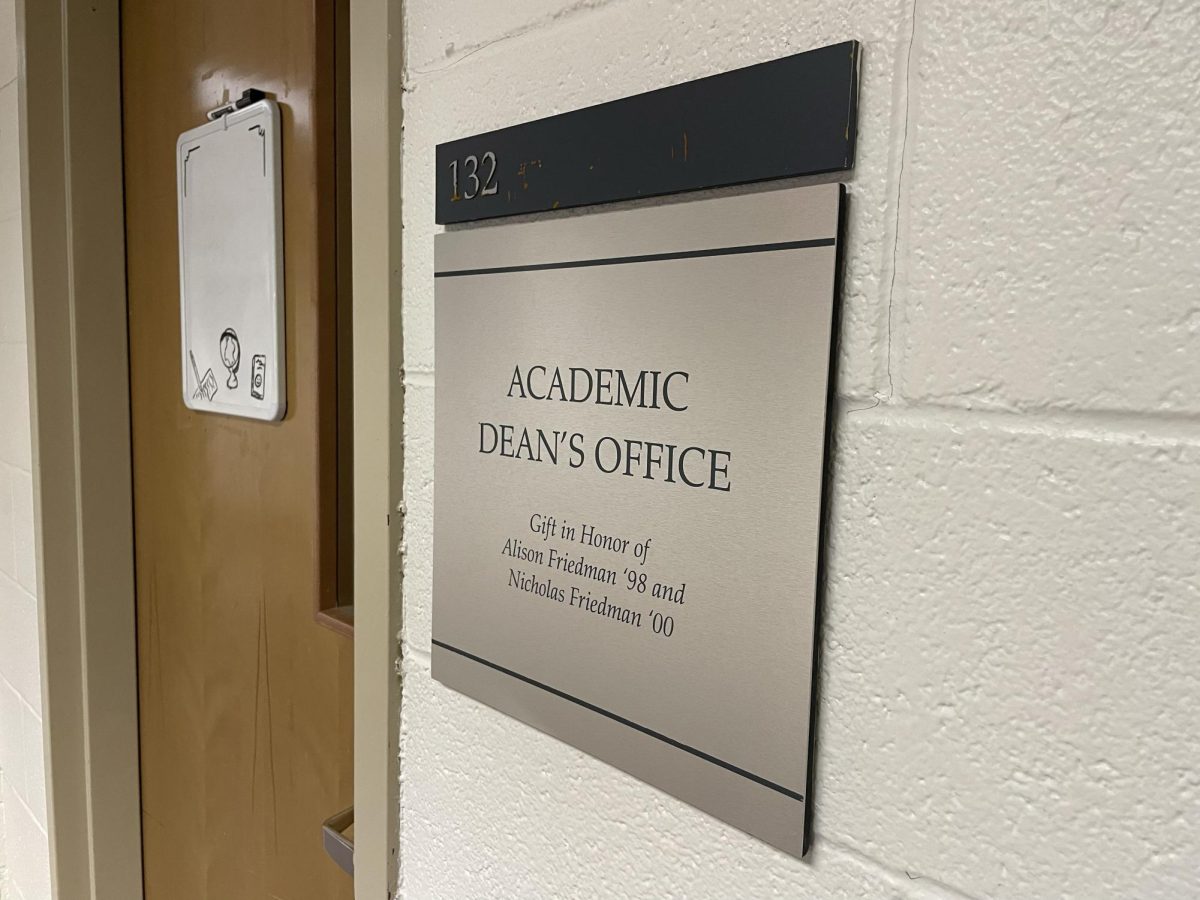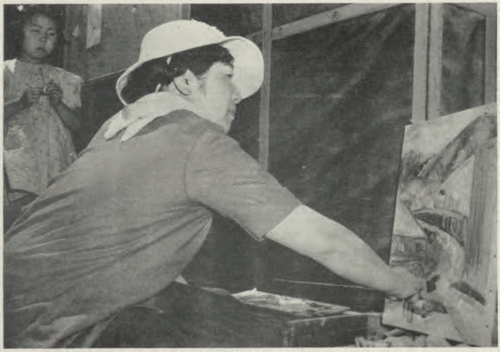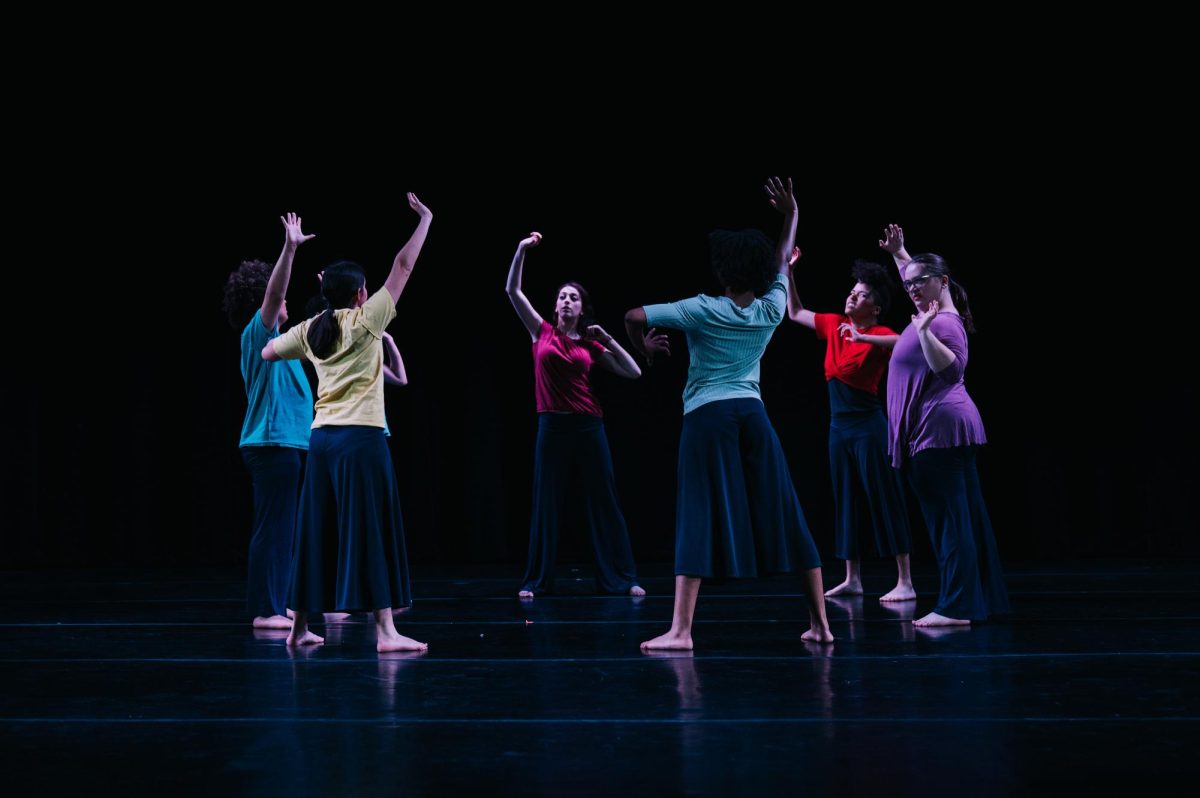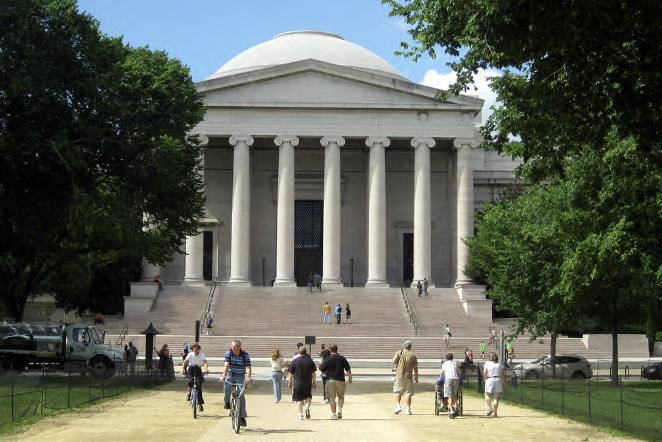Over the past summer, Sidwell students traveled to Harper’s Ferry, W. VA., to continue work on the seven-year-long China Folk House project led by former Sidwell history teacher and Chinese Studies Chair John Flower. Staying for one or two weeks, students spend their mornings expanding the grounds of the house brought over by Flower and his team from Cizhong, China.
Flower, the former head of the Chinese studies program, has created an unlikely oasis of Chinese culture in the Shenandoah Valley. Seven years ago, the China Folk House stood at the bottom of a valley in Yunnan province, China. However, it was scheduled to be flooded by a new dam project higher up in the mountains. During a trip to China in 2017, Flower visited the house for tea and decided to transport it back to the United States.
With the help of his team, including former history teacher Steve Steinbach, Flower succeeded in disassembling the house and began rebuilding it in 2019. But rebuilding the house and the surrounding grounds has been challenging. For the past five years, the China Folk House has relied on volunteers to help recreate a piece of China on the East Coast, according to the China Folk House website.
The Sidwell students who spent time at the Folk House this summer were crucial to those volunteers, according to the site. As of summer 2023, work done by high school students totalled nearly 8,000 hours of volunteer service. Although the house has been fully rebuilt, students continue to grow the complex around the Folk House each year, both imitating and expanding upon the original grounds design from China.
For example, students used hand saws, chisels and timber frame joinery methods to recreate the traditional Chinese gate that served as the entrance to the complex. The second gate houses electrical utilities for the house and grounds, an element added to the original design. “I worked on that gate for over half my time at the house,” said sophomore Ellis Hecht. “It really felt like we were blending the old and the new, you know, making this old Chinese gate out of just-cut West Virginian poplar to house modern utilities.”
During the first week of the program, groups built a rammed earth garden wall, a stone mosaic, and an earthen floor, and harvested their own food from the vegetable garden. “It was really cool learning how to build with new methods,” said Hecht, mentioning how amazed she was at seeing how solid the rammed earth wall was despite being made from dirt and sand.
Those walls were made even stronger during the second week of the program. Using a lime rendering technique, students reinforced the walls with natural materials, weatherproofing and strengthening the clay. The second week was “more focused on architecture,” said senior Tillie Owen, who returned for her third summer at the China Folk House.
Specifically, the second week taught students the importance of sustainability and the methods behind it in architecture. This included two field trips off the China Folk House campus to view forms of sustainable architecture in Harper’s Ferry. “We did a lot of cool projects, and had some really interesting lectures,” Owen commented.
Spending time at the China Folk House wasn’t all work, though. Students like Owen and Hecht spent their mornings building, but in the afternoon, participated in fun activities such as tubing down the Shenandoah River, a Kung Fu class in the courtyard of the house and handcrafted basket making. Afternoon activities highlighted both sides of the Folk House — the Chinese side and the West Virginian side. “I really liked the Chinese painting class,” said Hecht.
In the evenings, after a dinner cooked on site, presentations ranged from lectures on sustainability to watching “Mulan” in the courtyard. Students then returned to their bunkhouses, which were built last summer during the program.
Throughout their time there, students learned how much can be accomplished working together. “My favorite part of the trip was the people,” said Hecht.
The China Folk House Program dedicates itself to “building common ground;” a way to encourage person-to-person connection through sustainable projects and cultural exchange. That idea of aid and support reflects the very nature of the Folk House itself. Flower stated in the Sidwell Alumni Magazine, “[The China Folk House] is an example of a very crazy idea that came to fruition purely through people helping people along the way.”



